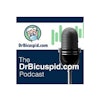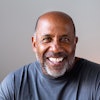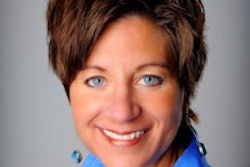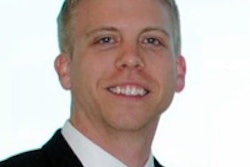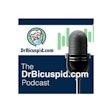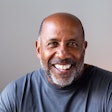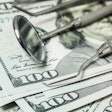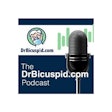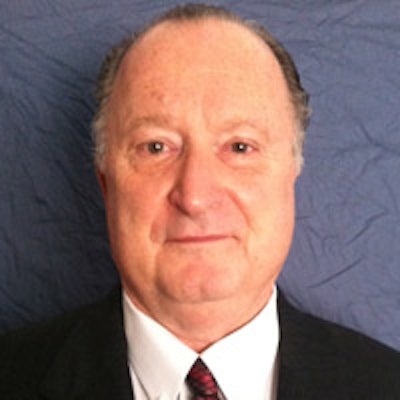
In this series, we explore four methods of determining the profitability of individual dentists inside a group practice: dividing evenly, by hours worked, by production, and by collection. This article focuses on the dividing evenly method.
 Jill Nesbitt, MBA, is a dental group practice management consultant from Nashville, TN, who also serves as the chief operating officer for a multilocation group.
Jill Nesbitt, MBA, is a dental group practice management consultant from Nashville, TN, who also serves as the chief operating officer for a multilocation group.The key to determining profitability is based on the assignment of expenses to each provider. After the computations are finished, the results need to be shared with the individual dentists in a manner that both explains the detailed questions bound to arise and allows you to stand behind the numbers that tie in with the decisions relating to allocation.
We evaluate a sample financial result for each method and discuss each approach. For these comparisons, we consider an imaginary group practice with three general dentists and a team of hygienists. Dentist 1, Dr. Abbott, practices full time and prefers surgery; Dentist 2, Dr. Costello, also practices full time, but practices with an expanded fuction dental auxiliary (EFDA); and Dentist 3, Dr. Chaplain, is the 70-year-old senior member of the group who works two to three days a month spread out over a few hours on different days and is often the "rescuer" available to check hygiene when one of the major producers attends a continuing education course or takes vacation.
In our sample month, here are the net production and net collection (after all adjustments) for each provider, as well as the shared expenses, dental supplies, and the breakdown of staff compensation (table 1).

In each of our comparisons, we will consider the team of hygienists as if they were one "provider" for two reasons. First, their production/collection is sizable enough to compare reasonably with the higher production dentists. Second, since the profits from hygiene flow to the owner, we also need to attribute hygiene-specific expenses as a share of the general expenses of the practice. This seems acceptable since a substantial amount of support is needed for the hygiene team and helps avoid loading the expenses onto the backs of the associate dentists, which would skew performance results.
Dividing evenly
Our first method of assigning expenses to determine the profitability of each provider team is based on our identification of four teams: Dr. Abbott, Dr. Costello, Dr. Chaplain, and the hygiene team (table 2).

 Thomas Climo, PhD, is a dental practice management consultant and a past professor of economics in England.
Thomas Climo, PhD, is a dental practice management consultant and a past professor of economics in England.We divide the expenses evenly between the four provider teams. We take only the administrative and sterilization staff compensation and payroll taxes -- anticipating that the hygienist salaries will be allocated specifically to that provider group and the EFDA compensation will be assigned to Dr. Costello, in particular, since he is the only dentist working with the EFDA in this group.
In this approach, we are considering the assignment of dental supplies expense to be based on production. The logic follows that the higher production a dentist has in the group, the more supplies he is likely to use. Looking at the considerable difference in hours worked by the different providers, an allocation based on production is more reasonable than an evenly divided allocation.
Therefore, to determine how much supplies expense is the responsibility of each dentist, we use the same percentage of production compared with the whole and divide our dental supplies total expense accordingly (table 3).

This brings us to our first comparison of profitability for each provider team (table 4).

It is easy to see that this approach provides uneven and misleading results. Dr. Chaplain in particular looks to be our "biggest loser." The hygiene team also reports a loss. Since Dr. Costello happens to be responsible for the EFDA compensation and has higher lab fees (on top of receiving a substantially higher salary from the month prior because of strong collections), he barely breaks even. For a dentist producing $95,000 in a month, this result feels almost comical if not unjust, and Dr. Costello will indicate so at the next staff meeting.
Finally, Dr. Abbott looks like he's enjoyed a very nice month. In fact, it gives the appearance he is so successful that Dr. Abbott may begin to feel that if the owner is "making $20K a month off me," he is being underpaid. Dr. Abbott could develop a resentful attitude and begin to intimate that it's time to renegotiate his contract.
Finally, returning to look at Dr. Chaplain's results, we know there is no reality in which his production substantially increases in the future. At his age, what he does for the practice is prove how valuable he is thanks to his flexibility. Why set up a profitability calculation that will consistently make him look bad?
In the next part of the series, we'll discuss the idea of dividing by hours worked.
Thomas Climo, PhD, is a financial consultant with offices in Las Vegas and Melville, NY. He was a tenured professor of economics at a major university in England and currently handles the dental practice management/dental service organization (DPM/DSO) framework for more than a dozen solo practitioner dentists in 10 states, each with multiple facility practices. He can be reached by phone at 702-578-2757 or by email at [email protected].
Jill Nesbitt, MBA, is a dental group practice management consultant operating from Nashville, TN, who was for more than 15 years a practice administrator for a large single-office dental group in central Ohio and now serves as the chief operating officer for a multilocation group. She can be reached by phone at 615-970-8405 or by email at [email protected].
The comments and observations expressed herein do not necessarily reflect the opinions of DrBicuspid.com, nor should they be construed as an endorsement or admonishment of any particular idea, vendor, or organization.

